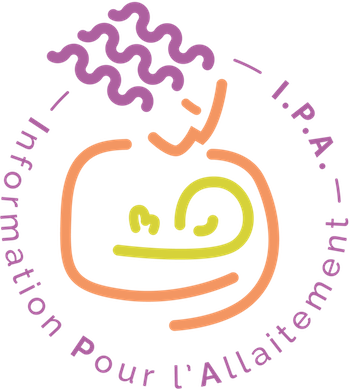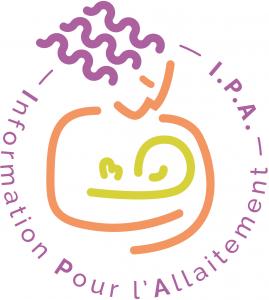Catégories
 > Physiologie > Physiologie nutrition > Nutrition du nourrisson > Allaitement exclusif > Physiologie > Physiologie nutrition > Nutrition du nourrisson > Allaitement exclusif
Allaitement exclusif |
Documents disponibles dans cette catégorie (284)
Ajouter le résultat dans votre panier Faire une suggestion Affiner la recherche
Bulletin : texte imprimé
Hot Milk, n°11 - Printemps 2018
2018Bulletin : texte imprimé
Breastfeeding Medicine, Vol. 14, n°4 - Mai 2019
2019Article : texte imprimé
Article : texte imprimé
Article : texte imprimé
Cha-Nam Shin, Auteur ; Elizabeth Reifsnider, Auteur ; Darya McClain, Auteur |Background: Most Hispanic infants are fed formula during the first 6 weeks, and although 80% of Hispanic women initiate breastfeeding, rates of exclusive breastfeeding are much lower. Research aim: The purpose was to examine the influence o[...]Article : texte imprimé
Rafael Vila-Candel, Auteur ; Kiri Duke, Auteur ; F. Javier Soriano-Vidal, Auteur |Background: Breastfeeding has been shown to result in extensive physical and psychological benefits for both the mother and the newborn. However, the rate and duration of exclusive breastfeeding (EBF) remains low worldwide. Mother–infant skin-t[...]Article : texte imprimé
Article : texte imprimé
"Les prématurés ont un risque plus élevé d’altérations des structures et de la connectivité cérébrales, visibles à l’IRM au niveau de la substance blanche, de la substance grise centrale et du cortex, avec un impact neurocognitif à long terme. L[...]texte imprimé
Contrairement à ce que l'on peut entendre parfois, promouvoir l'allaitement exclusif au sein les premiers mois de al vie de l'enfant n'est pas un retour au passé. Il s'agit au contraire d'une démarche radicalement neuve, susceptible de donner au[...]Article : texte imprimé
Jill R. Demirci, Auteur ; Debra L. Bogen, Auteur |Background: Primiparous women are at risk for early, unintended breastfeeding reduction and cessation. Breastfeeding patterns that contribute to these outcomes require further exploration. Research aim: This study aimed to describe early, “[...]Article : texte imprimé
Kenneth Herrmann, Auteur ; Katherine Carroll, Auteur |Objective: This study tested the hypothesis that feeding an exclusively human milk (EHM) diet to premature infants reduces the incidence of necrotizing enterocolitis (NEC) associated with enteral feeding. Study Design: An observational study [...]Article : texte imprimé
Kinga Pemo, Auteur ; Diane Philips, Auteur ; Alison M. Hutchinson, Auteur |"Background: Researchers have shown beneficial influences of exclusive breastfeeding for women and infants. Therefore, the World Health Organization recommends exclusively breastfeeding infants for the first 6 months following birth. In Bhutan,[...]Article : texte imprimé
Purpose: To test the feasibility and possible effects of two iPad®-based breastfeeding interventions for expectant minority women and evaluate (1) the intervention effect on exclusive breastfeeding (EBF) intention, (2) intervention acceptability[...]












